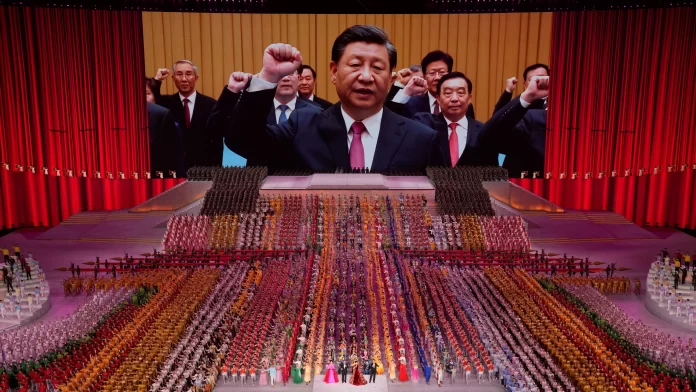“Despite US efforts to marginalize China, facts on the ground suggest the country remains very much connected with the world as an influential international player and important trading partner.”
Following are some key points to consider:
- Australia’s new prime minister says he doesn’t feel the need to choose between the US and China. After Singapore, another U.S. Asia-Pacific ally expressed its hope for neutrality. This kind of stance never existed during the Cold War between the US and the Soviet Union, especially Australia.
- Myanmar opened the second China energy channel.
- South Korea requests to take back the US wartime command.
- Japan officially supports the Belt and Road Initiative.
- Vietnam stated that the most important partner in the future is China.
- Singapore and China upgrade the free trade zone. Singapore was fierce when it was anti-China, but now it is unambiguously pro-China. Perhaps blood is thicker than water.
- Thailand announced that it will use the absolute power of the royal family to ensure that the China-Thailand high-speed rail economic belt will start in full swing. Thailand’s royal family no longer tolerates the pro-American faction in parliament.
- Israel leased the military port Haifa to China. This was an unexpected and significant development.
- With the opening of the Shanghai-London Stock Connect between China and UK, the UK has provided strong support for China’s financial stability and security. In recent years, the UK has been criticizing China in words, but in fact it still wants to cooperate with China.
- The President of the United States is absent from two important Asia-Pacific summits, knowing that his influence has declined, so he can take care of himself.
- The new Prime Minister of Malaysia demands the recognition of China’s authority over the South China Sea, and that large US warships should not sail into the South China Sea. The new Prime Minister of Malaysia is more pro-China and more politically visionary than the former Prime Minister.
- France proposes to form a European army to guard against the United States, Russia, and China. Note that it even has to guard against the United States.
- The Sino-Indian border negotiations broke decades of deadlock and reached an important consensus. India is no longer willing to act as a pawn for the United States to contain China.
- The Philippines agrees to jointly develop the South China Sea with China.
The above series of events are unexpected changes since the trade war.
China is currently building five major projects:
- One, China-Europe high-speed rail. Beijing – Berlin, Germany. The whole journey is 9,447 kilometers, and it takes 30 hours to arrive, and it takes 6 months to ship by sea. All will be completed and open to traffic by 2026.
- Second, the Chinese space station. It has been completed in 2022 and will become the only space station in the world by 2024.
- Third, get through to the Qiongzhou Strait Tunnel. Double-sided six-lane, solving the bottleneck problem of direct access from Guangzhou to Hainan Free Trade Zone.
- Fourth, the Medog Hydropower Station on the Yarlung Zangbo River. The annual power generation capacity is 200 billion kWh, which is three times that of the Three Gorges of the Yangtze River, and can supply more than half of China’s electricity.
- Fifth, the Hongqi River project. Leading water from the Himalayas into Xinjiang, the canal is 6,188 kilometers long, transforming 200 million deserts into fertile fields. Provide sufficient food sources for the motherland.
Hence, it’s important to note that with the interconnectedness and interdependence of the global economy, isolating China right now is not an option, as it would have far-reaching consequences for many nations.




